Raaga Music Academy brings memorable concerts to the connoisseurs of music. On its fifth anniversary, Vishaka Hari’s music-discourse was organised by the Academy on the topic Music-Ayurveda-Yoga at Jaganmohan Palace on Aug.10.
An established vocalist and a prominent Harikatha exponent, Vishaka has expertised the art of Harikatha with profound music and musical knowledge added to solid mythological background and innovation.
Vishaka spoke of how Raaga (music), Ayurveda and Yoga mix and match. All these three arts have a lot in common. But the destination is the same — to attain the feet of The Lord. All the three consider the ‘Sukshma Shareera.’ Nada itself is nectar.(She started the performance with Tyagaraja’s ‘Nada tanumanishan Shankaram’ in Chittaranjini). All the three disciplines treat this body as a holistic body.
‘Manava Tanu durlabha’ from Tyagaraja Pancharatna ‘Duduku Gala’ in Gowla was sung to demonstrate how it should be sung, while she also explained the meaning of the composition — ‘You(Lord) are present in every living being. This is what all these three arts perceive. Nada itself is Yoga. That is why it is often referred to as ‘Nadayoga.’ By controlling the mind, you can attain ‘Sakshatkara’ as said in ‘Mokshamu Galada Bhuvilo Jeevan’ by Tyagaraja in his Saramati composition, which was also sung in full. Vishaka not only explained how a gist of all the three disciplines is given by Sri Tyagraja in a single composition, but also decorated the composition with aesthetic swaras. Speaking of ‘pranava naada,’ she explained that just as the refraction of seven lights becomes white in a rainbow, the seven notes brings about ‘Pranava nada.’
The story of ‘Samudra mathana’ from the eighth chapter of Srimad Bhagavata was narrated in detail. Garuda, Lord Vishnu’s vehicle symbolises Ayurveda. As the story progressed, a number of compositions suiting the occasion were sung including Tyagaraja’s ‘Brovanarama’ in Bahudari, which was enriched with sangatis and swaras, ‘Anyayamu seyakura’ in Kapi, ‘dhanvantarulu Aashraye’ in Hamsanadi for which she offered Taniyavartanam, ‘Shobhillu saptaswara’ in Jaganmohini and many other compositions. How Samudramathana symbolises our body was explained — ‘Mandara Parvata is our back (merudanda), Vasuki, which is the snake in the samudramathana is our naadi (pulse, veins). If we churn, we will get the power of Yoga, Ayurveda and Music, which is the nectar. Lakshmi comes out of a 1,000 petalled lotus. (Here Shri Varalakshmi namastubhyam’ in Sri by Deekshitar was sung. Lakshmi garlands Lord Vishnu.(here Tyagaraja Pancharatna ‘Jagadananda karaka’ in Nata was demonstrated to show how the charanas need to be sung in a single breath. In these kritis, the quintessence of Vedanta that the Supreme Lord exists within and without is captured.
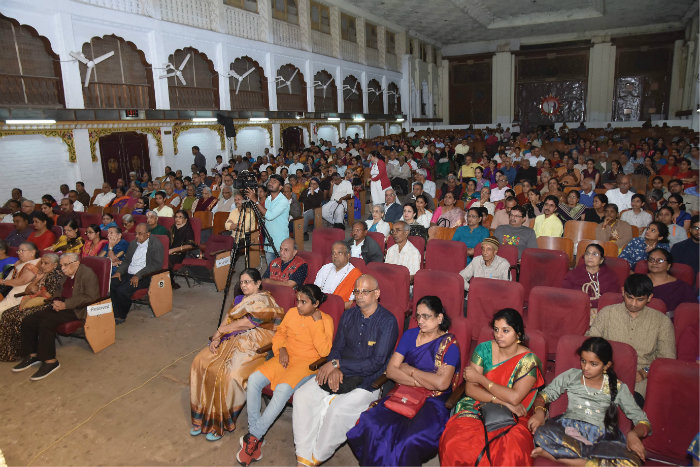
Explaining the choice of the names in Tyagaraja’s kritis, Vishaka explained the significance of the name ‘Saramati,’ which explains the quintessence of Yoga and Music. And Bahudhari, which means He who wears the Kurma on his back and the hill ‘Govardhana’ on the tip of his finger and Tyagaraja implores Rama — Am I a burden to u?
Tyagaraja’s concept of progressive sangatis was explained very effectively by Vishaka. The concept of progressive sangatis (embellishments) seems to be the brainchild of Tyagaraja Swami. He develops the sahitya step by step beautifully, showcasing the raga bhava within the tala framework. Here the artiste was reminded of her guru, Lalgudi G. Jayaraman, a direct descendant of Tyagarja Swami’s sishya paramapara. He would say Swami did not indulge in sangatis just to display the raga bhava or flaunt his knowledge of music. The sangati was a means of conversation and prayer for him with his Lord. ‘Brova Barama’ (Bahudari) is a statement in the beginning. “Won’t you protect me, Rama? Am I a burden to you?” He then proceeds to request him through the second sangati and pleads in the third. Anguish and helplessness are depicted in the fourth sangati and finally loss of hope in the last sangati of the pallavi.
Vishaka also spoke of the swaras explaining how each swara is born from the different parts of the body — ‘s’ from the naval, ‘g’ from hrth, ‘m’ from the neck, ‘p’ from the tongue and ‘ni’ from the nose.
The entire performance was enriching and educative too. Vishaka fulfilled the format of a music concert, discourse and katha kalakshepa doing justice to all the three disciplines.
Vittal Rangan’s support on violin was excellent and invited applause from the audience in many parts of the concert. Tumkur B. Ravishankar and Vid. S. Manjunath were not only at their best but enjoyed the essence of the discourse part with involvement.
By Dr. Padmavathi Narasimhan



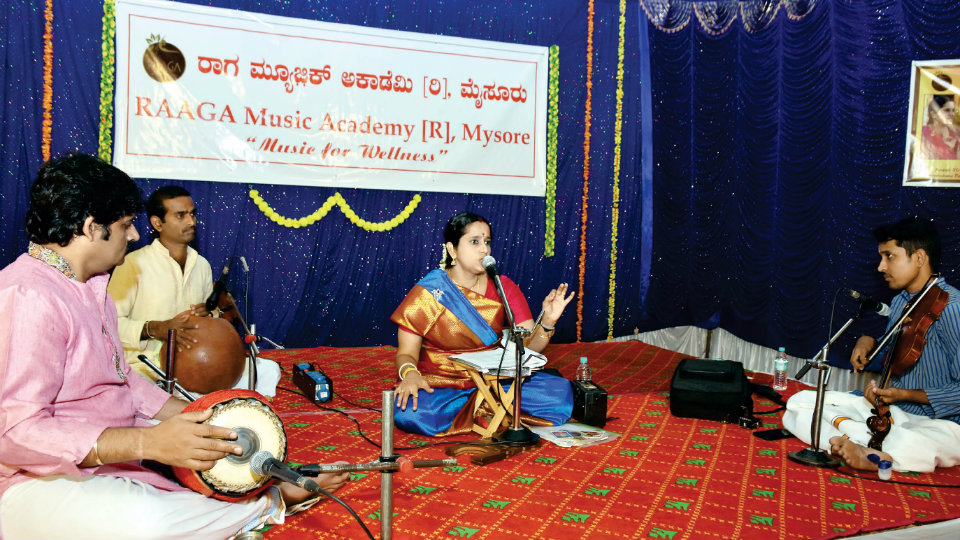
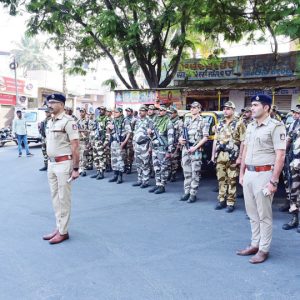
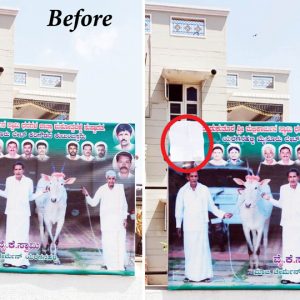
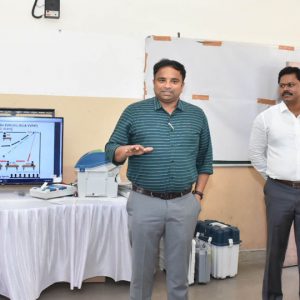
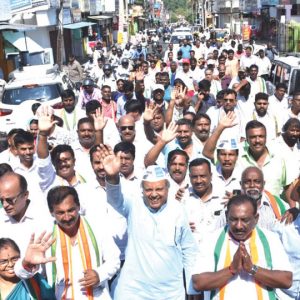
Recent Comments